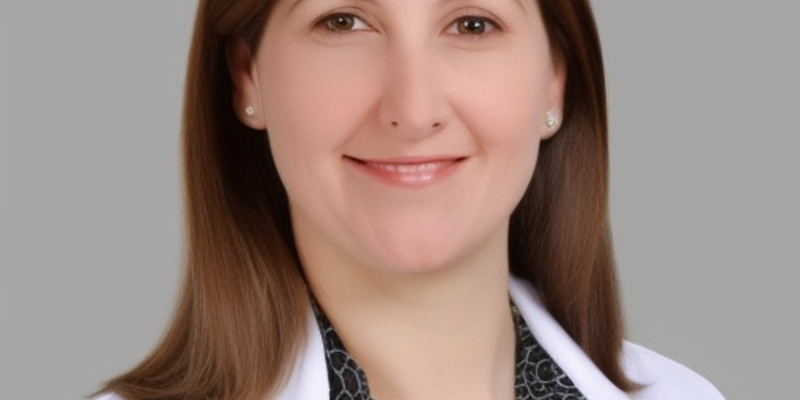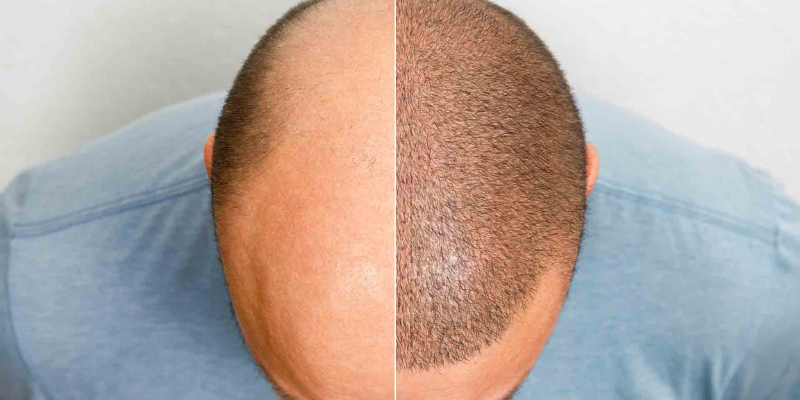How Long After Hair Transplant PRP?
How long after hair transplant PRP? Platelet-Rich Plasma (PRP) treatment for hair loss is becoming more popular in the medical field because it works. In many places, administration and injections are done by technicians, nurses, or paramedics. In our center, which is run by a dermatologist, the dermatologist himself takes out the PRP and puts it on the skin.
Hair loss is caused by many different things, including your genes, your environment, and what you eat. Lack of iron and other important nutrients, like biotin, vitamin A, and others, play a big part. Serums, tablets, and shampoos and conditioners that are made for your hair type can also help. Most of the time, this loss gets worse over time, and it may take 4-6 months for treatment to work. The best results come from beginning treatment for hair loss as soon as possible.
Mesotherapy and PRP are both promising ways to treat hair loss. Under the care of a dermatologist, these treatments must be kept up with follow-up appointments and lotion applications. Along with medical analysis, patients need more than one session to get the best results. One can take biotin pills and eat lots of red wine grapes with seeds and a diet high in vitamin A.
How Long After Hair Transplant PRP Treatment?
Platelet-rich plasma, or PRP, is your own blood plasma that has a concentration of platelets that is 4 to 6 times or more than the normal number of platelets in the blood. Red blood cells (RBC), platelets, white blood cells (WBC), and plasma make up our blood. Platelets are the first thing that happen when a wound is hurt.
PRP is important because it has a mix of different factors that come from platelets. It has PDGF, which stands for platelet-derived growth factor, VEHF, which stands for vascular endothelial growth factor, TGF, and other useful bioactive proteins that are especially good for healing.
Ulcers can also be treated with PRP because it heals tissues without causing any side effects. Today, PRP is used a lot to treat hair loss in men and women with androgenetic alopecia. It works well for people who are losing hair in patches but don’t have bald spots. It also works well for people who don’t have bald spots but have thinning hair. This is a very good method for young people who are losing their hair because it helps them grow new hair and stops them from losing more hair.
What Does PRP Do To Your Hair?
Depending on how PRP is made, the results can be different from person to person and from doctor to doctor. If a skilled dermatologist does the procedure, the best results are usually seen when the PRP is 3–5 times as concentrated as the platelets in the blood. For the best results, platelets should be collected at home and injected right away, taking care to keep them clean and at a certain level and amount. For the best results, it should be done by the dermatologist and not by technicians or nurses.
It is important to know that the best treatments for hair loss may not be the answer to some problems with alopecia. So, it’s important to see a good dermatologist as soon as possible.
As one of the first places to treat hair loss, our doctors advise you to think about all of these things before you start treatment for hair loss or hair loss. Of course, a patient’s hard work and how important it is to the end result can’t be ruled out. Each center has its own set of rules for how to do the technique, but the best results come from the method that keeps the platelets in solution and in a healthy state.
Who Can Get PRP Hair Treatment?
With this new method, PRP treatment can be done in a very comfortable way. We will do our best to take care of your concern. PRP can be done on both men and women of any age over 18.
A cream that makes the area numb can be put on the area where the procedure will be done. The PRP solution works best when injected right after it has been activated. Because of this, our clinic prefers home preparation over using a kit. It can also be different from one person to the next. After the first 6 to 8 hair loss or hair loss sessions, it usually takes another 2 to 3 sessions.
In our clinic, we use a centrifugation method with two steps. This method is also called a “double centrifugation procedure.” This helps us get the best concentration of platelet growth factors and the best PRP solution, which we can then use to start the treatment for hair loss.
How Long After Hair Transplant PRP Sessions Take?
Maintenance sessions are needed, and the time between them can vary from person to person. Since hair loss is a long-term problem, patients may need more than one session. Most people who are losing their hair see it grow back if they have thin hair when they start treatment. As the hair grows and gets thicker, it becomes less likely to fall out.
PRP can be done as soon as the first appointment with the Dermatologist is over. The next 2–3 treatments are given every 4–6 weeks or as your Dermatologist thinks is best for your case. The treatment session takes about one to two hours, and some people who don’t mind getting shots may not need local anesthesia. We can also change the plan of care based on how well the PRP therapy works. For the best results, the PRP solution should be injected at the right depth, and a dermatologist should have a lot of experience with this.
It is known that PRP can wake up dormant hair follicles and make them grow again. It may also wake up some new hair follicles. PRP helps stop hair loss and makes hair grow better so it can cover the bald spot and be less likely to fall out. Platelet-rich plasma (PRP) injections are made from concentrated platelets that are activated just before the injections. This is done so that the platelets can release growth factors that help the injections work better.
How Important is Hair Transplantation After Care for Long-Term Results?
The hair transplantation is a standard and increasingly popular procedure that many men and women opt for to restore their natural hair. The procedure involves transferring healthy hair follicles from the back or sides of the scalp to balding areas. Although it is a relatively safe and straightforward procedure, take proper care of your hair after the surgery to ensure optimal results. The success of a hair transplant depends mainly on how well you take care of your scalp and newly transplanted hair follicles during the healing process. With proper hair transplantation after care, your hair may become smooth, firm, and even fall out. Here are some tips to help you maximize your hair transplant results and maintain your new look.

One of the most important steps in ensuring long-term success with a hair transplant is following your hair transplant surgeon ’s instructions for hair transplantation after care. Your doctor will likely provide you with detailed instructions for taking care of your scalp, including when and how often to wash it, as well as what products you should use. In addition, they may provide you with medications to reduce inflammation and help facilitate healing.





